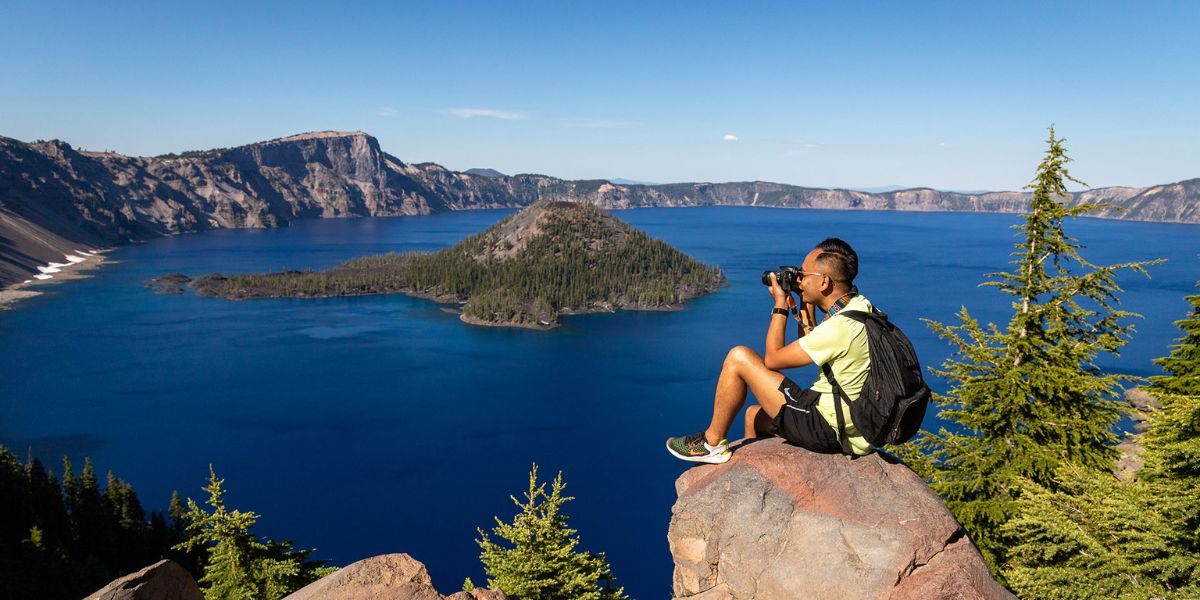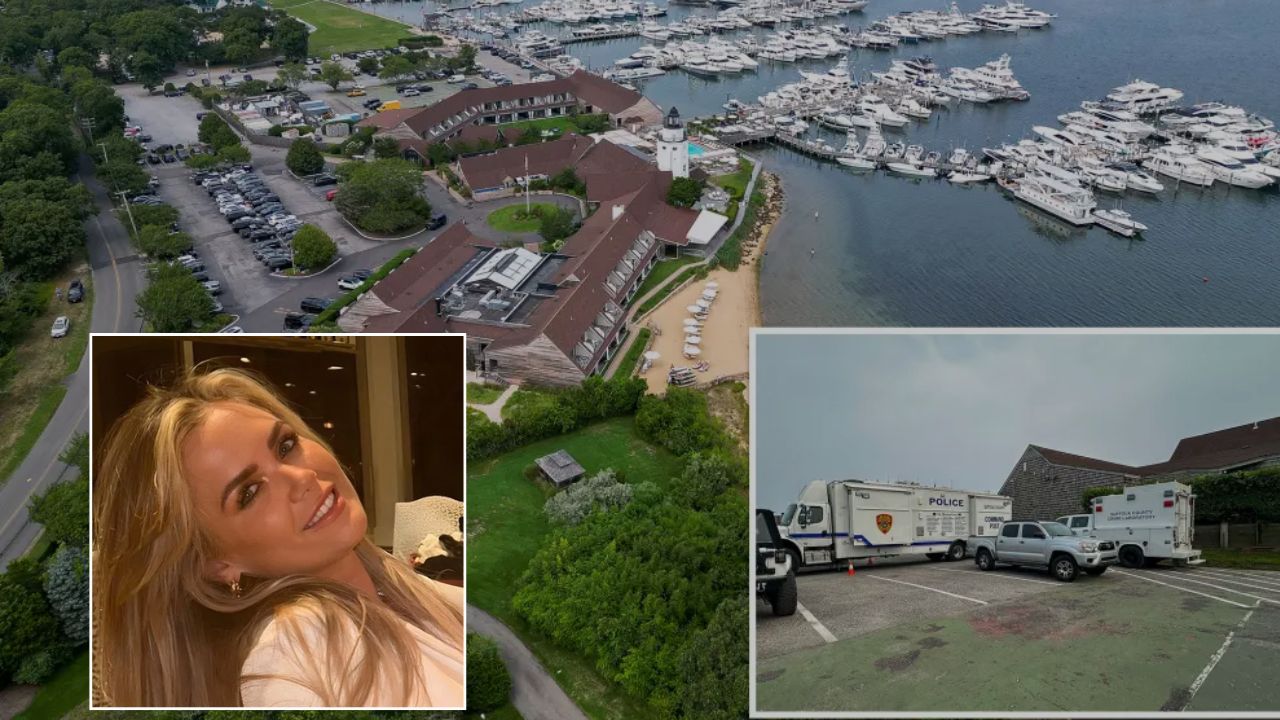In addition to being one of the most breathtaking natural sights in America, Crater Lake National Park is also one of the riskiest tourist destinations in the country.
Even though the park welcomes more than half a million visitors annually, it is becoming more and more well-known for a combination of dangerous terrain, risky visitor conduct, and significant systemic management problems that collectively increase the risk for tourists.
The Crater Lake’s Dangerous Beauty
Crater Lake’s geology is the main source of its risk; locations outside of designated pathways are extremely dangerous because to the caldera’s steep, crumbling volcanic rim and erratic weather.
Even for seasoned hikers and skiers, officials caution that it is quite risky to penetrate the caldera beyond the authorized Cleetwood Cove Trail.
In addition to the frequent avalanches and rockslides caused by the unstable soil and slick snow, overhanging snow cornices can shatter and result in fatal falls.
Each year, tourists who stray from the path are hurt or left stranded, resulting in challenging and dangerous rescue missions for first responders.
A History of Serious Mishaps
Injuries to tourists have increased in recent years; in one well-known instance, a tourist slipped on untreated ice outside a gift shop, breaking their wrist and suffering further injuries.
Numerous injuries at park-run companies are detailed in federal studies, which also emphasize how inadequate facilities management and a lack of safety procedures have put the safety of both workers and visitors at risk.
These challenges include emergency response preparedness issues, unreported injuries, and untreated frozen sidewalks.
Failures of the Concessionaire and Safety
Persistent, systemic issues that have been present since 2018 under the corporate concessionaire Crater Lake Hospitality (an Aramark subsidiary) are largely to blame for Crater Lake’s recent struggles.
Federal inspectors have found numerous environmental incidents (such as significant diesel and sewage spills), neglected or postponed necessary repairs, inadequate park amenities upkeep, and violations of the health code in dining establishments.
Some former employees have reported hazardous living and working conditions, such as unresolved sexual assault claims, mouse infestations, and heating failures in staff dorms. This situation has been exacerbated by high staff turnover, inadequate training, and a lack of control.
Risky Practices and Perilous Attractions
Some visitors’ risky or unlawful activities, including snowmobile or skiing in forbidden areas or daringly taking pictures near the crater rim, increase the dangers of Crater Lake.
These actions continue in spite of warnings and the possibility of federal offenses, making the park particularly dangerous during peak hours.
Because of the park’s isolated and harsh terrain, even seemingly “simple” mishaps, like sliding on ice, can swiftly escalate into life-threatening scenarios because of the long rescue durations and demanding evacuation routes.
The Visitors’ Takeaway
Remain on Legal Trails: The only authorized route to the water is the Cleetwood Cove Trail. Don’t try to go down somewhere else.
- Heed Official Warnings: Observe all signage and staff instructions; park officials update safety regulations on a regular basis.
- Use Caution in the Winter: Deep snow, icy routes, and erratic weather necessitate careful consideration of equipment and individual safety.
- Anticipate Service Interruptions: Prolonged contract conflicts may affect emergency assistance, meals, or housing.
In 2025, Crater Lake National Park will be an exceptionally dangerous place to visit due to a combination of management issues and inherent danger.
Even while the park’s breathtaking landscape makes the trip worthwhile, a safe visit requires extreme caution, adherence to the laws, and situational awareness.








